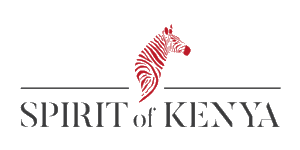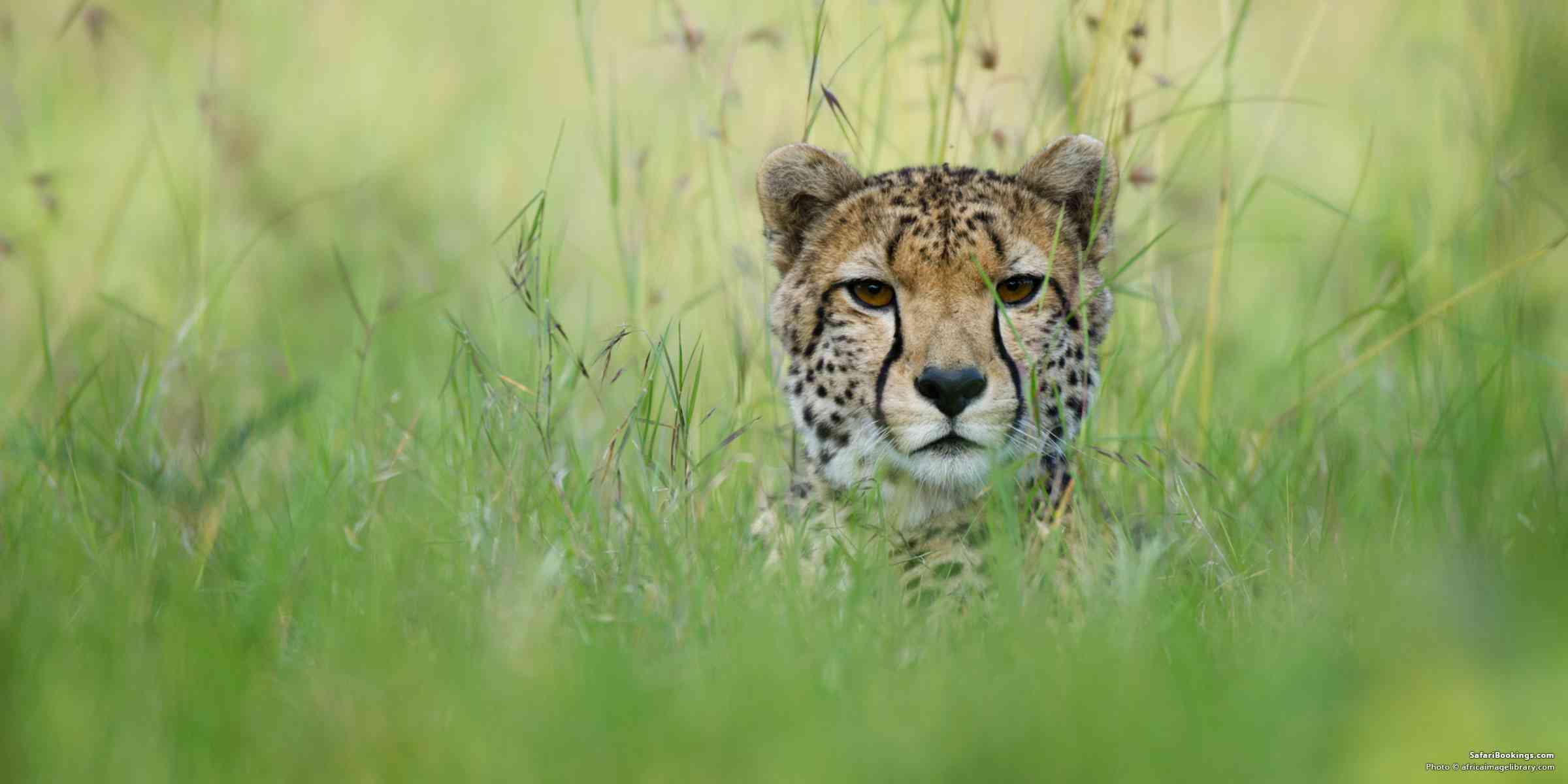
Top 10 Conservancies in Kenya
 By
Stuart Butler
By
Stuart Butler
Stuart is a travel writer and author of numerous Lonely Planet guidebooks, including 'Kenya', 'Rwanda' and 'Tanzania'.
Kenya is home to some of Africa’s most diverse protected areas. With 70% of Kenya’s wildlife living outside the government national parks and reserves, the conservancies, which are private or community-managed wildlife reserves, have become important, both for conservation and for safaris. Many of these conservancies have strong, active ties to local communities and some allow night and/or off-road game drives. Many limit the number of visitors allowed at any one time.
Today there are more than 100 conservancies in Kenya, covering more than 60,000km²/23,000mi² of wilderness. So, how to pick the right conservancy for your safari? Our list of the top 10 conservancies in Kenya should help make that choice a little easier.
1. Ol Pejeta Conservancy
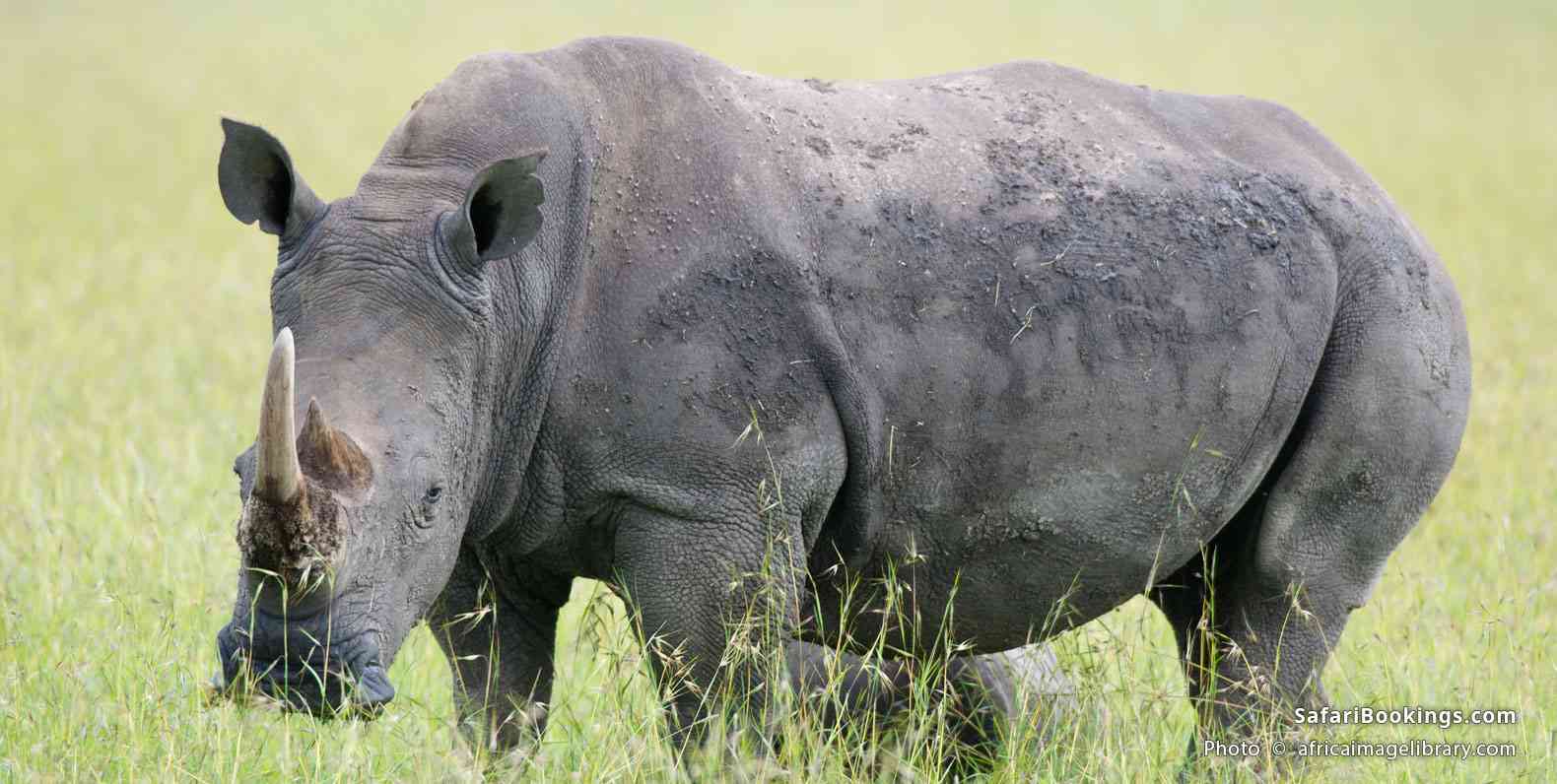 White rhino in Ol Pejeta Conservancy
White rhino in Ol Pejeta Conservancy
If you want to see the rarest large animal on Earth, then central Kenya’s superb Ol Pejeta is the place to come. The conservancy is home to the last two northern white rhinos on the planet. Unfortunately, both are female, which makes this creature functionally extinct. Ol Pejeta also contains the Sweetwaters Chimpanzee Sanctuary, which houses around 40 rescued chimps.
2. Taita Hills Wildlife Sanctuary
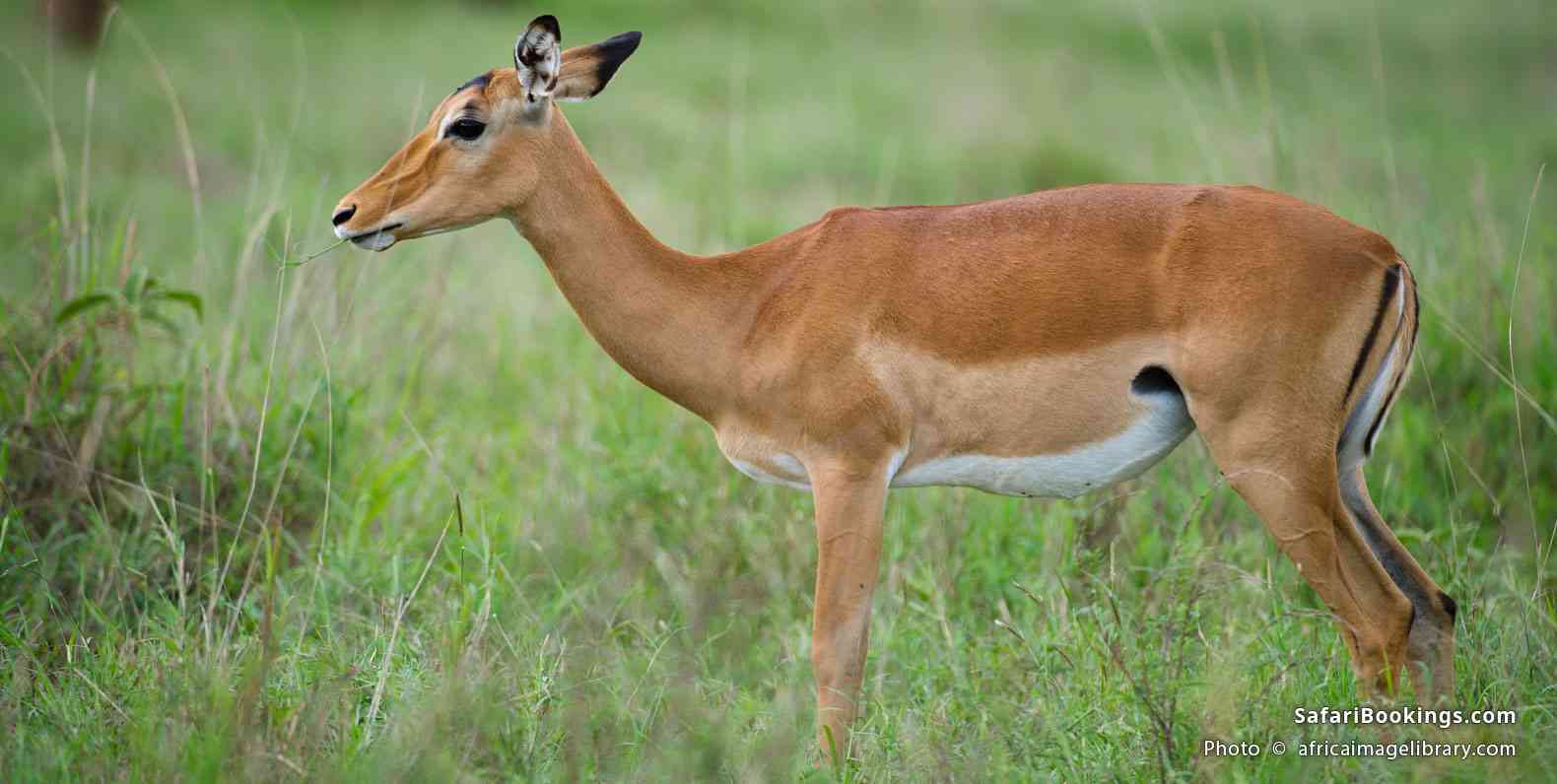 Impala in Taita Hills Wildlife Sanctuary
Impala in Taita Hills Wildlife Sanctuary
Encompassing forests, mountains, rivers and grasslands, the roughly 100km²/39mi² Taita Hills Wildlife Sanctuary lines up against the vast Tsavo West National Park and is a vital biodiversity hot spot. As well as classic game drives, there are dedicated bird-watching safaris and conservation programs that guests can join.
3. Mara North Conservancy
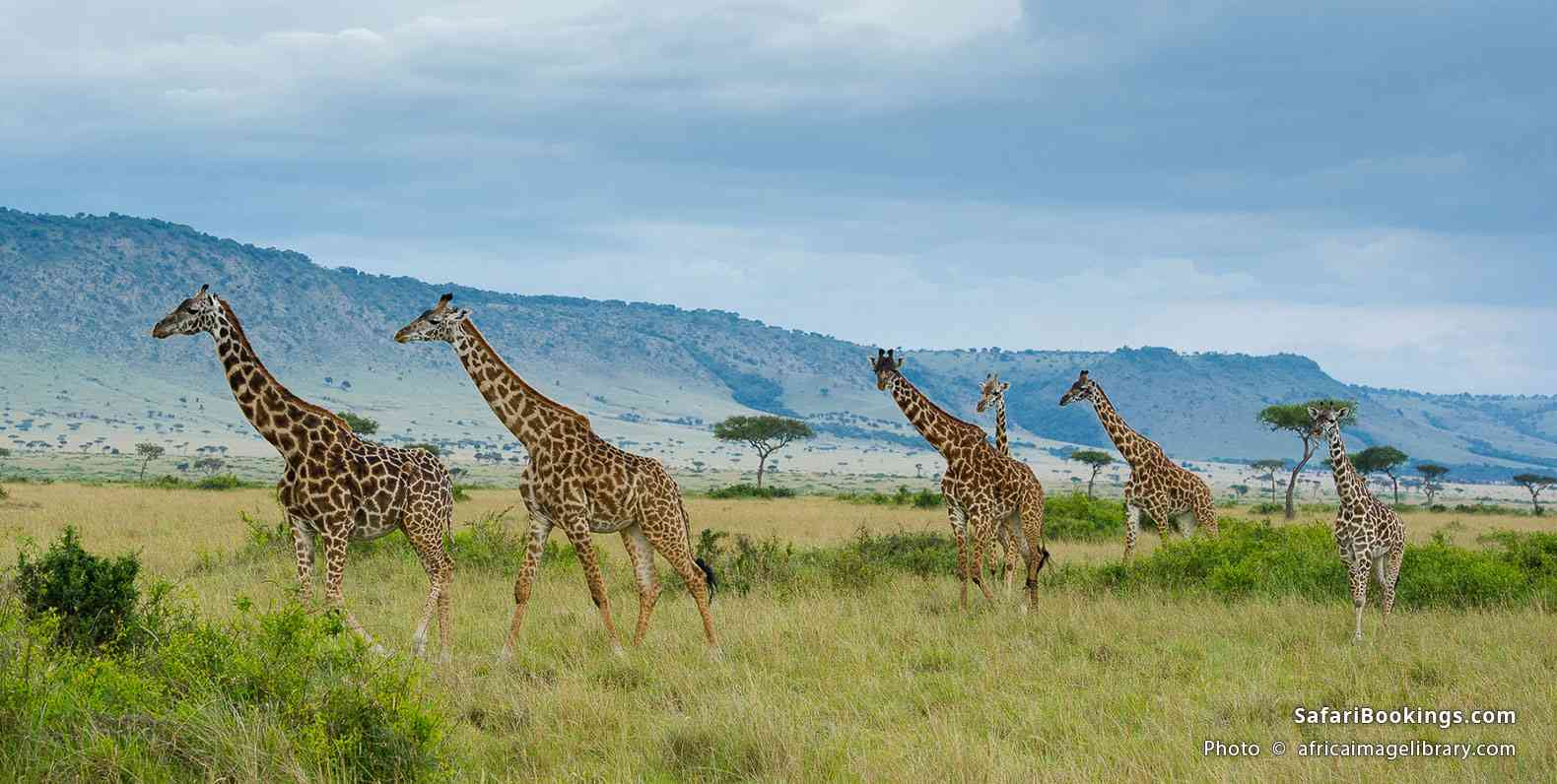 Masai giraffes in front of the Oloololo Escarpment, Mara North Conservancy
Masai giraffes in front of the Oloololo Escarpment, Mara North Conservancy
This is Africa as you always imagined it. Much of the vast Mara North Conservancy, which curls around the northwest of the Masai Mara National Reserve, consists of gently rolling grasslands packed full with wildlife. The Mara River, site of the famed wildebeest river crossings, stakes out the conservancy’s western boundary, making this a natural place to go when the wildebeest flood in and out of Kenya.
4. Mara Naboisho Conservancy
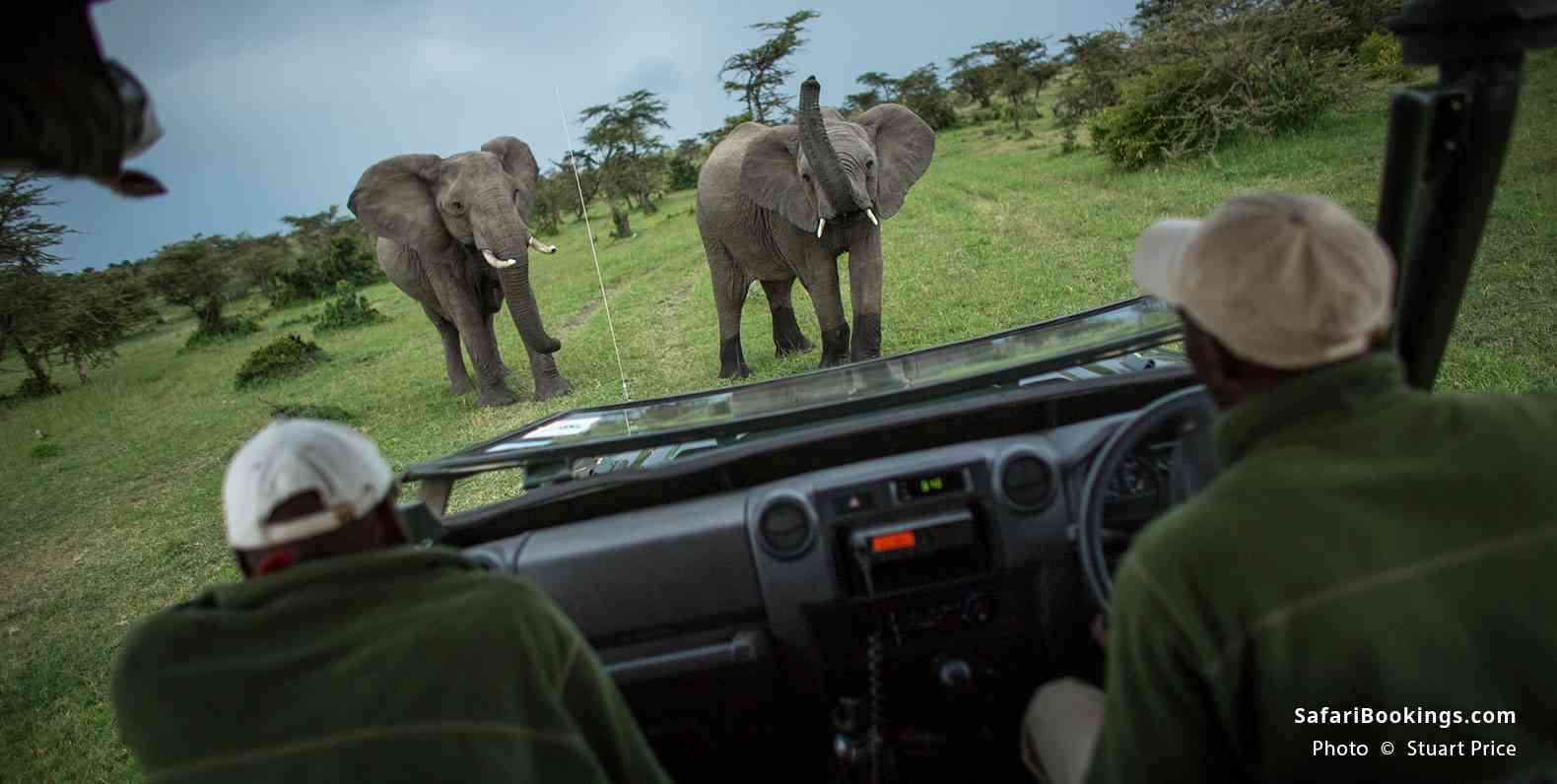 Safari vehicle and elephants in Mara Naboisho Conservancy
Safari vehicle and elephants in Mara Naboisho Conservancy
Mara Naboisho Conservancy, which covers more than 200km²/77mi², is one of the most celebrated of the Masai Mara–area conservancies. It’s known for having one of the densest populations of lions in Africa (as well as all the other cats). The landscape ranges from wide-open grasslands to light bush, both of which attract plenty of elephants. There are lots of activities on offer here, including walking and bush-camping safaris, that cannot be done in the nearby national reserve. Mara Naboisho runs a highly regarded community-development program.
5. Lewa Wildlife Conservancy
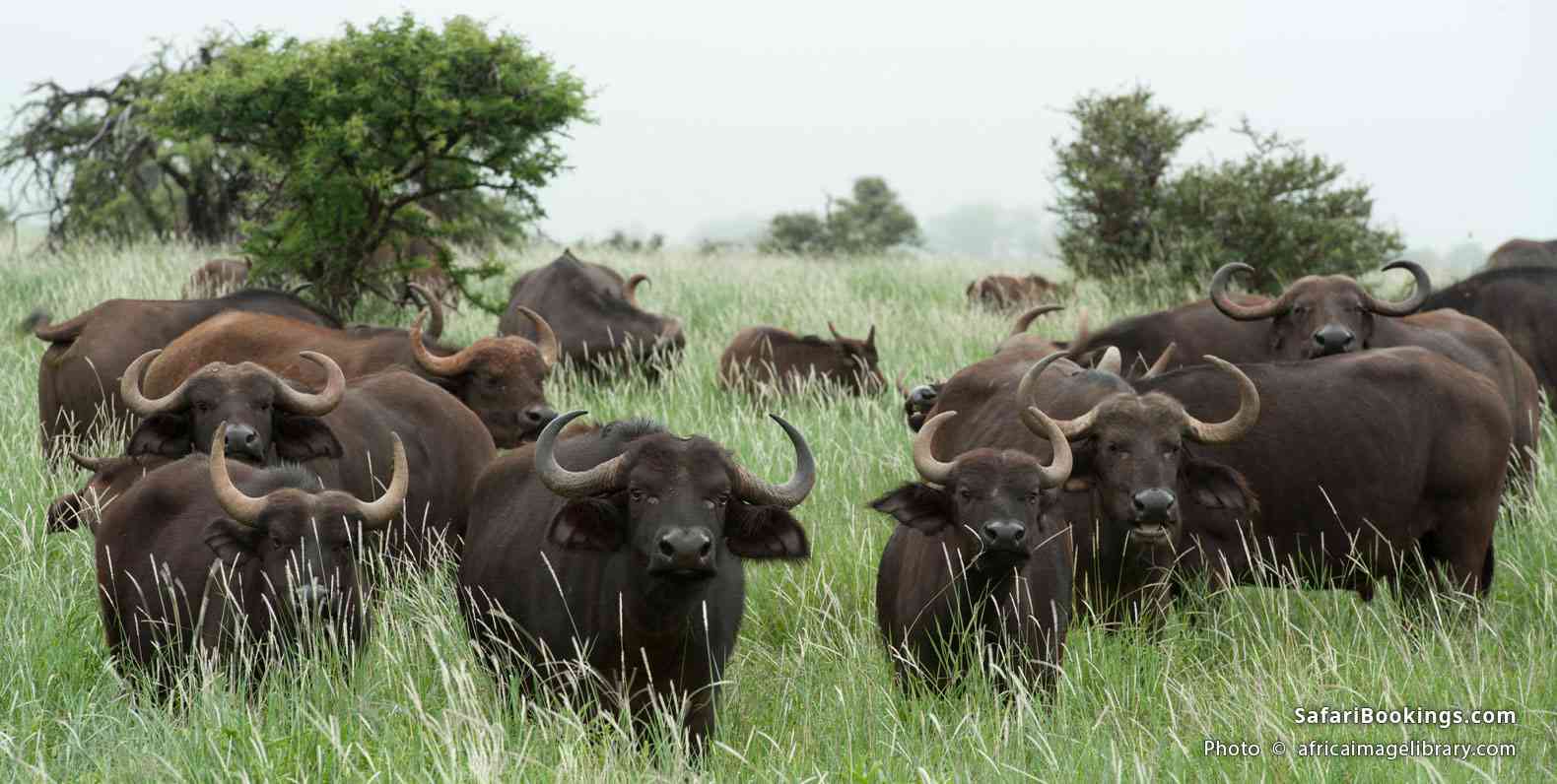 Buffalo on a grassy field in Lewa Wildlife Conservancy
Buffalo on a grassy field in Lewa Wildlife Conservancy
This is the original Kenyan conservancy and probably the most famous. Lewa was once a large cattle ranch that was converted to wildlife conservation. It continues to lead the way in the conservancy field. The landscapes of Lewa, which are overlooked by Mt Kenya, are archetypal East Africa and the conservancy is home to all of the Big Five (lion, leopard, buffalo, elephant and rhino).
6. Sera Conservancy
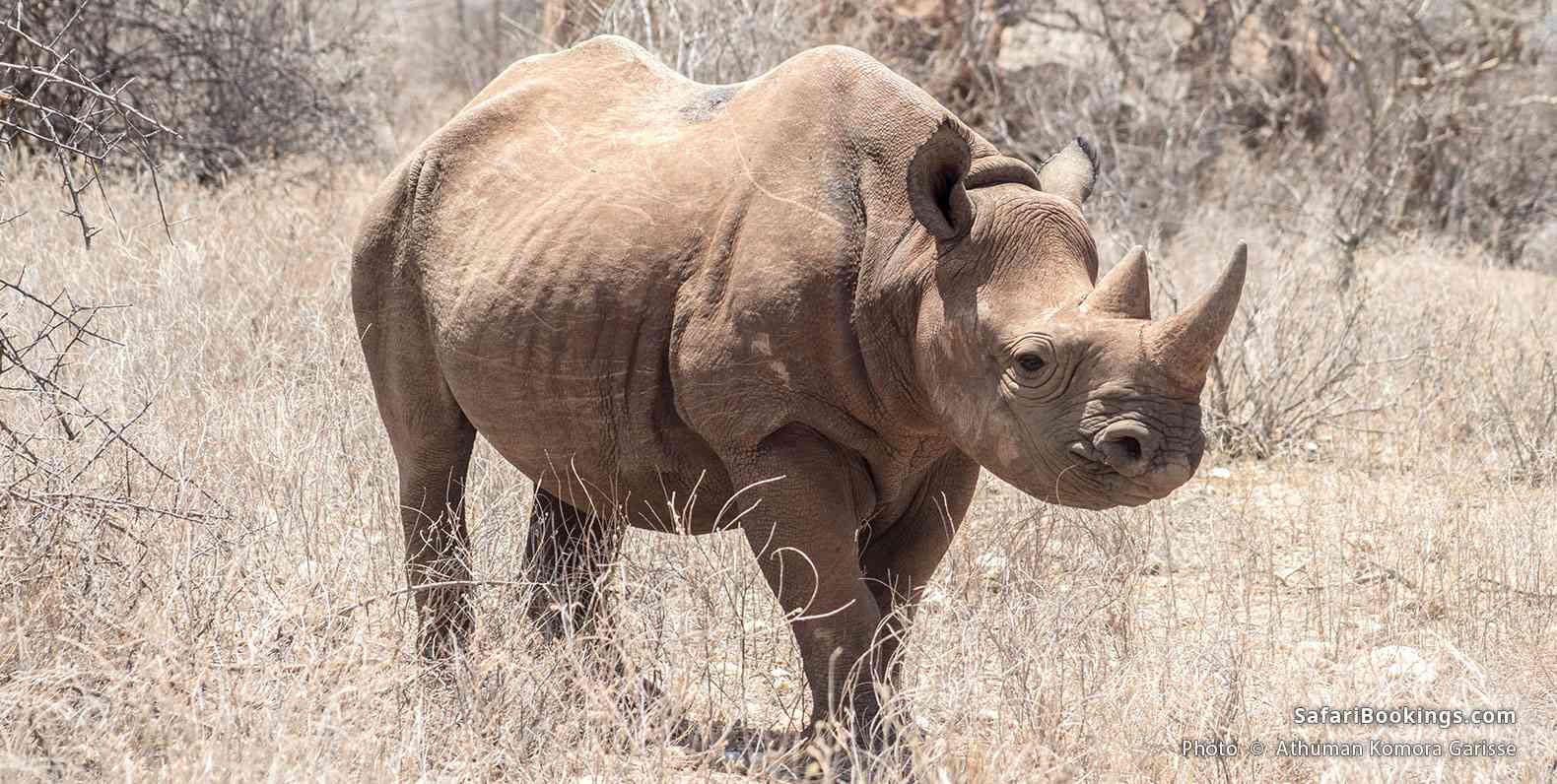 Rhino in Sera Conservancy
Rhino in Sera Conservancy
The sunburned acacia scrublands of the far north of Kenya were once home to a thriving population of black rhino, but by the turn of the 20th century these had all been wiped out by poachers. Today though, the rhinos are back, having been recently reintroduced to the remote Sera Conservancy. The highlight of a visit to Sera is tracking rhinos on foot! Yes, you read that right. This is the only place in Kenya where you can do so.
7. Namunyak Conservancy
 Keepers feeding baby elephants at Reteti Elephant Sanctuary in Namunyak Conservancy. Source: flickr.com/photos/robertmuckley/46163223195
Keepers feeding baby elephants at Reteti Elephant Sanctuary in Namunyak Conservancy. Source: flickr.com/photos/robertmuckley/46163223195
Namunyak Conservancy covers a vast area of northern Kenya. The core focus of this Kenyan conservancy are the hot, elephant-filled scrublands north of Samburu National Reserve and the densely forested, jungle-like Matthews Range. Due to the way these mountains rise up out of the searing semi-desert, scientists have described them as ‘sky islands’.
8. Nashulai Maasai Conservancy
 Giraffes in Nashulai Maasai Conservancy
Giraffes in Nashulai Maasai Conservancy
The first in a new breed of wildlife conservancy in Kenya, the award-winning Nashulai Maasai Conservancy safeguards a key parcel of wildlife-rich landscape fringing the Masai Mara National Reserve. Nashulai is the first conservancy to be created, governed and managed by the Maasai. Unusually, when the conservancy was created, the local people remained in their homes and on their land and were encouraged to live in harmony with the wildlife.
Visitors to Nashulai will find a strong focus on community activities and walking safaris, but there is plentiful wildlife as well. The somewhat bushy and wooded terrain is especially popular with elephant and buffalo, while the remote open plains in the west of the conservancy host the Loita wildebeest (as opposed to those that migrate into the Mara from the Serengeti), who come here in February and March to give birth. The variety of habitats here also makes this conservancy exceptionally good for bird watching, and specialist bird guides are available.
9. Ol Kinyei Conservancy
 Lion yawning in Ol Kinyei Conservancy
Lion yawning in Ol Kinyei Conservancy
Ol Kinyei was the first conservancy created in the Masai Mara region and is a partnership between Gamewatchers Safaris and Porini Camps, and local landowners. Over the years Ol Kinyei has won many awards thanks to its forward-looking attitude that combines wildlife conservation with community development. The rolling hills here have great concentrations of buffalo, giraffe and wildebeest, and there’s also a healthy lion population. You have to be a guest of a Porini camp to visit, but, unusually for a conservancy, it also caters for mid-range travelers.
10. Borana Conservancy
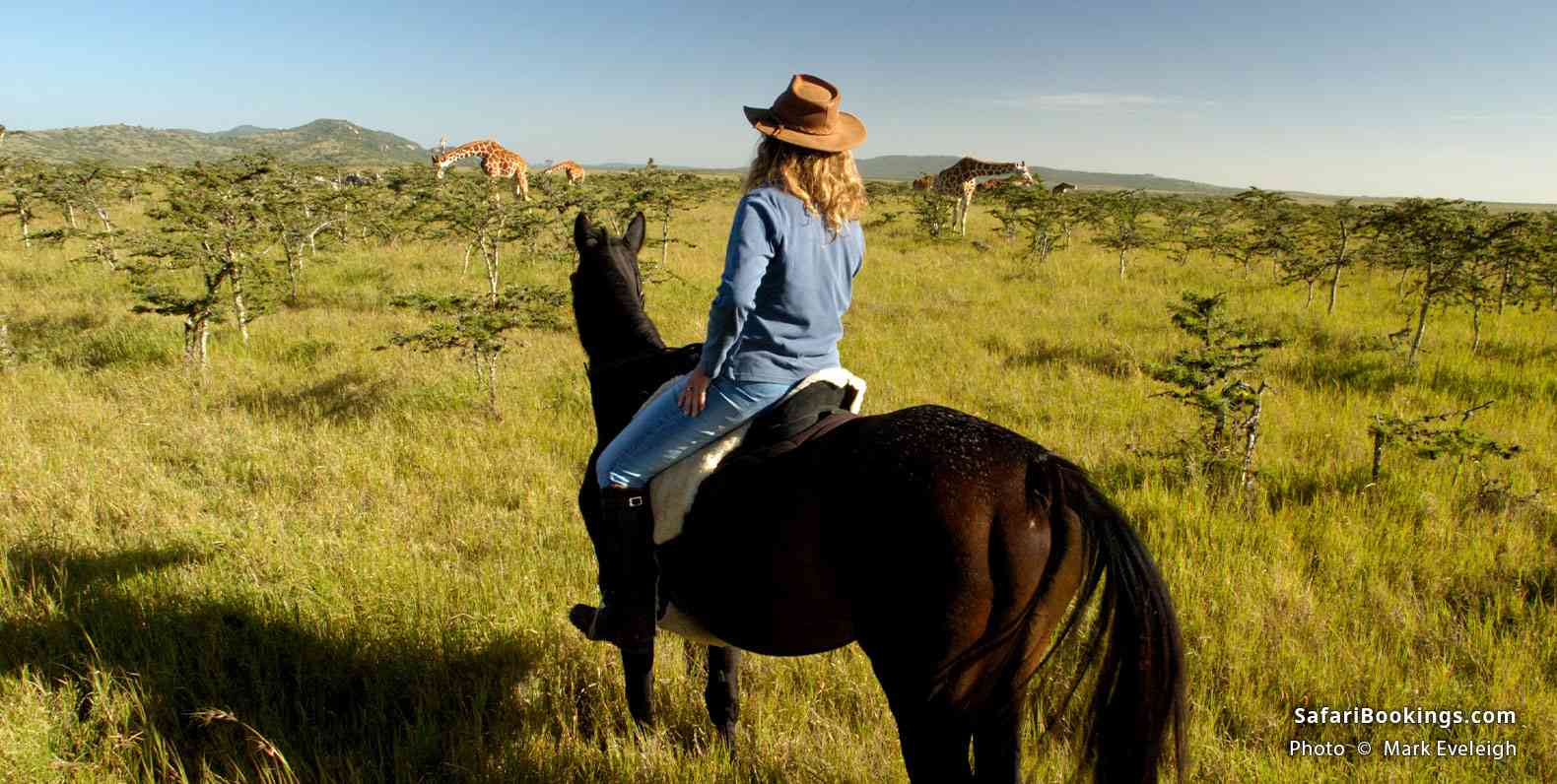 Horseback rider watching giraffes in Borana Conservancy
Horseback rider watching giraffes in Borana Conservancy
Borana is considered one of Kenya’s finest conservancies. What started as a private cattle ranch has grown into a successful 130km²/50mi² conservation area. It now teems with wildlife, including a substantial black rhino population and many elephants. The conservancy has a very impressive community-development angle supporting a number of education and health projects.
Want To Visit Kenya Conservancies?
Click on the button below to compare Kenya conservancies tours offered by top-rated tour operators.
 By
Stuart Butler
By
Stuart Butler
Stuart is a travel writer and author of numerous Lonely Planet guidebooks, including 'Kenya', 'Rwanda' and 'Tanzania'.
More About This AuthorSafari Tours to Kenya
-
![11-Day Classic Kenya Safari and Beach Holiday Combo]()
11-Day Classic Kenya Safari and Beach Holiday Combo
$3,646 to $5,506 pp (USD)
Kenya: Private tour
Mid-range Lodge & Tented CampYou Visit: Nairobi (Start), Masai Mara NR, Lake Nakuru NP, Lake Naivasha (Naivasha), Amboseli NP, Diani Beach, Kisite-Mpunguti Marine NP (Beach), Jomo Kenyatta Airport (End)

Splendid Vacations
4.9/5 – 130 Reviews
-
![4-Day Masai Mara-Lake Nakuru Budget Kenya Safari Tour]()
4-Day Masai Mara-Lake Nakuru Budget Kenya Safari Tour
$470 to $575 pp (USD)
Kenya: Shared tour (max 7 people per vehicle)BudgetTented Camp & Hotel
You Visit: Nairobi (Start), Masai Mara NR, Lake Nakuru NP, Nairobi (End)

Bienvenido Kenya Tours and Safaris
4.7/5 – 153 Reviews
-
![5-Day Roaring Kenya - Mid-Range]()
5-Day Roaring Kenya - Mid-Range
$1,920 to $2,360 pp (USD)
Kenya: Private tour
Mid-range Lodge & Tented CampYou Visit: Nairobi (Start), Masai Mara NR, Lake Nakuru NP, Amboseli NP, Nairobi (End)

Spirit of Kenya
5.0/5 – 634 Reviews






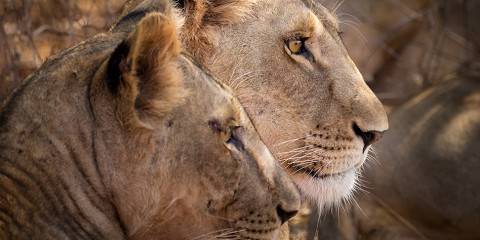






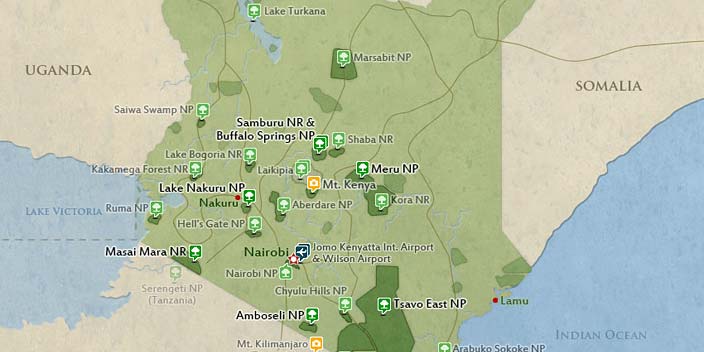
 Subscribe to our newsletter
Subscribe to our newsletter
 Follow us on Instagram
Follow us on Instagram





